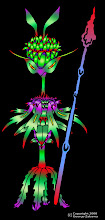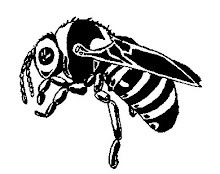



Fringed Puccoon (Lithospermum incisum)
Known by a number of common names including Narrow-leaved Puccoon, Fringed Puccoon, and Narrow-Leaf Gromwell, Lithospermum incisum ranges in height from four inches to over a foot. Found in the central and western United States the Fringed Puccoon blooms in the mid spring, along roadsides, in fields and other open areas in a variety of dry soils.
The Fringed Puccoon produces beautiful, bright yellow/gold blossoms which have prominently fringed flower petals edges. (Fringed Puccoon). The trumpet shaped (flower corollas) are tubular, one and a half inches long and one half inches wide and wider. The four inch and longer leaves, alternately spaced along the stem, are narrow (Narrow-leaved Puccoon) and hairy. Later in the spring the plant produces a second smaller flower.
The name Puccoon is derived from the word poughkone found in an extinct Native American language (Algonquian ).
The plants had numerous medicinal uses by Native Americans, among them treatments for colds and coughs. In addition, the roots are editable and were also used as a source of blue and red dye.
It is not recommended that these plants be used as medicine or food since they may have bad side effects. Similar species, misidentified, may cause illness or death.







No comments:
Post a Comment